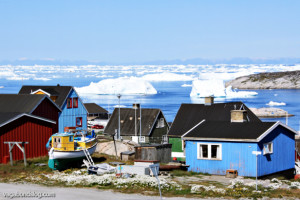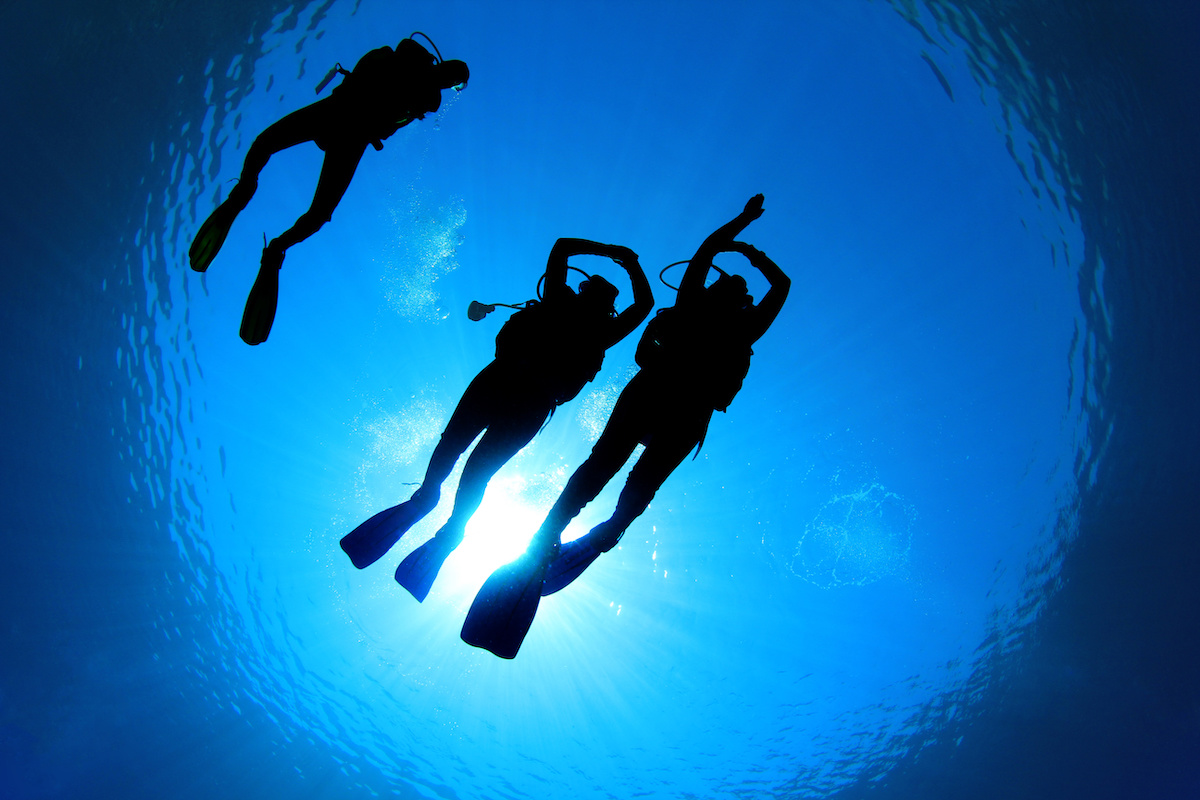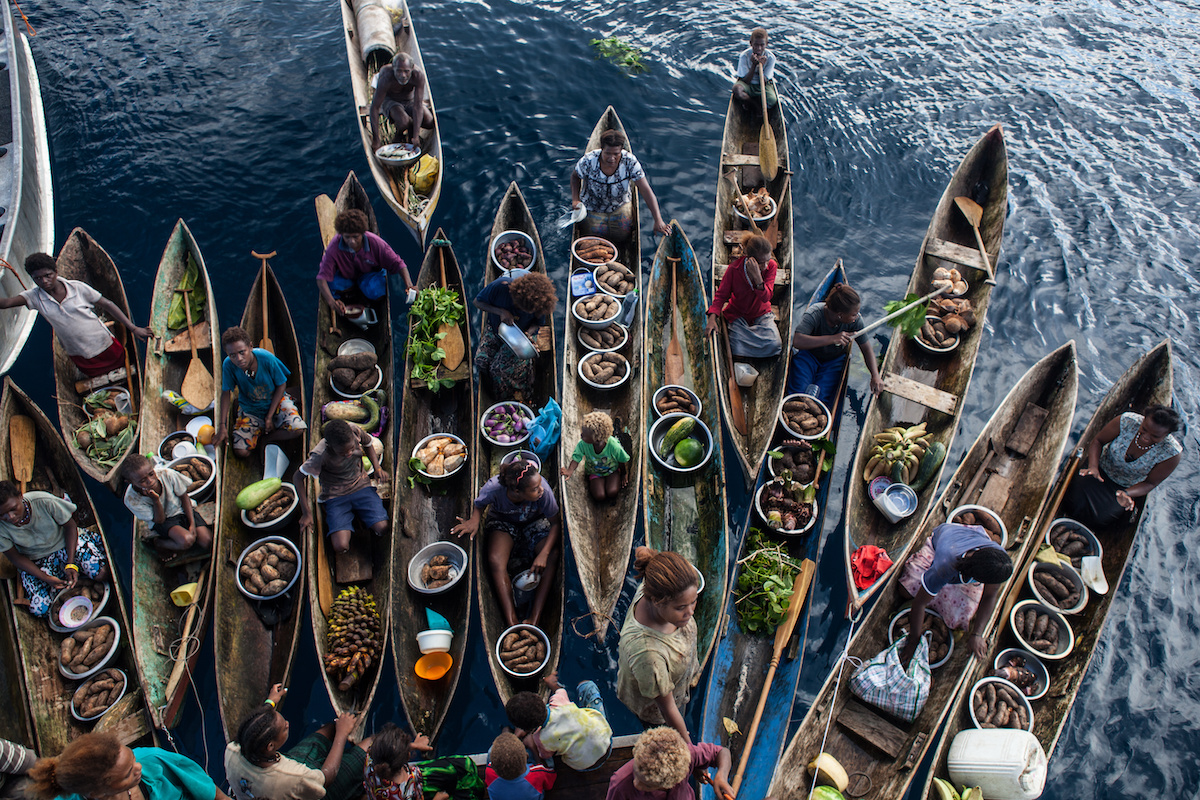It’s been three years. Three years of kayaking in more local waters, like Germany’s rivers and Sweden’s skerries. All great destinations and exciting adventures on their own. But still. Somehow something was missing. A desire nagging deep inside. There was nothing to argue. Of course, it was only a question of time. We had to return. And so, one early July morning in 2011 we find ourselves at Copenhagen Airport – boarding that red airplane, Air Greenland’s pride and joy. Again. Destination: Greenland.
In the summer of 2008, we already had taken on the challenge of some Arctic kayak adventure. The fun of it: paddling at the very cradle of the kayak itself (“qajaq” as the Inuit of the Arctic call their narrow hunting boats). Three weeks, a summer of ice, we were following Viking footprints at the southern coast of Greenland back then. But this time we wanted to go farther north. We wanted to cross the Arctic Circle. We wanted to go where the sun won’t set all night.
It only takes you about four and a half hours from Copenhagen to the mighty ice sheet covering the world’s largest island there, up in the north, but upon arriving at Kangerlussuaq Airport – Air Greenland’s international hub and one of only two Greenlandic airports large enough for this kind of traffic (the other one’s Narsarsuaq, just in case you wanted to know) – our journey is not yet completed. While indeed situated at the Polar Circle, Kangerlussuaq cannot be considered exactly close to the coast. It takes another flight with some mighty noisy prop-plane to reach Ilulissat, still a bit further to the north-west – and with a population of about 4,500 Greenland’s third-largest settlement. Closer to the sea. Closer to the ice. Ilulissat (which, by the way, translates to “icebergs” and is filled with the barking and howling noise of bored sled dogs in summer) is situated at an impressing icefjord bearing the same name (Ilulissat Kangerlua, declared a UNESCO World Heritage site in 2004), the glacier at its eastern end being the most productive one in the Northern Hemisphere. Rumour has it, that the iceberg which sank the RMS Titanic in 1912 (I’ll bet you know the story; haven’t seen that movie?) came right from here. While I am not sure, how much of this may be true, the view across this dense field of subtly moving ice – glittering mountains, bizarre floes, bright rubble – does indeed leave a silent awe and the feeling of nature’s magnitude and dignity. About 20 billion tons of icebergs are calving off the glacier every year, floating through the fjord towards the sea. 20 billion tons! An impressing thought and surely breathtaking sight, but this is not the time to dedicate ourselves to such humble feelings as we – still – are not our destination.
Author: Jens Notroff for Vagabonds Log







Leave A Comment